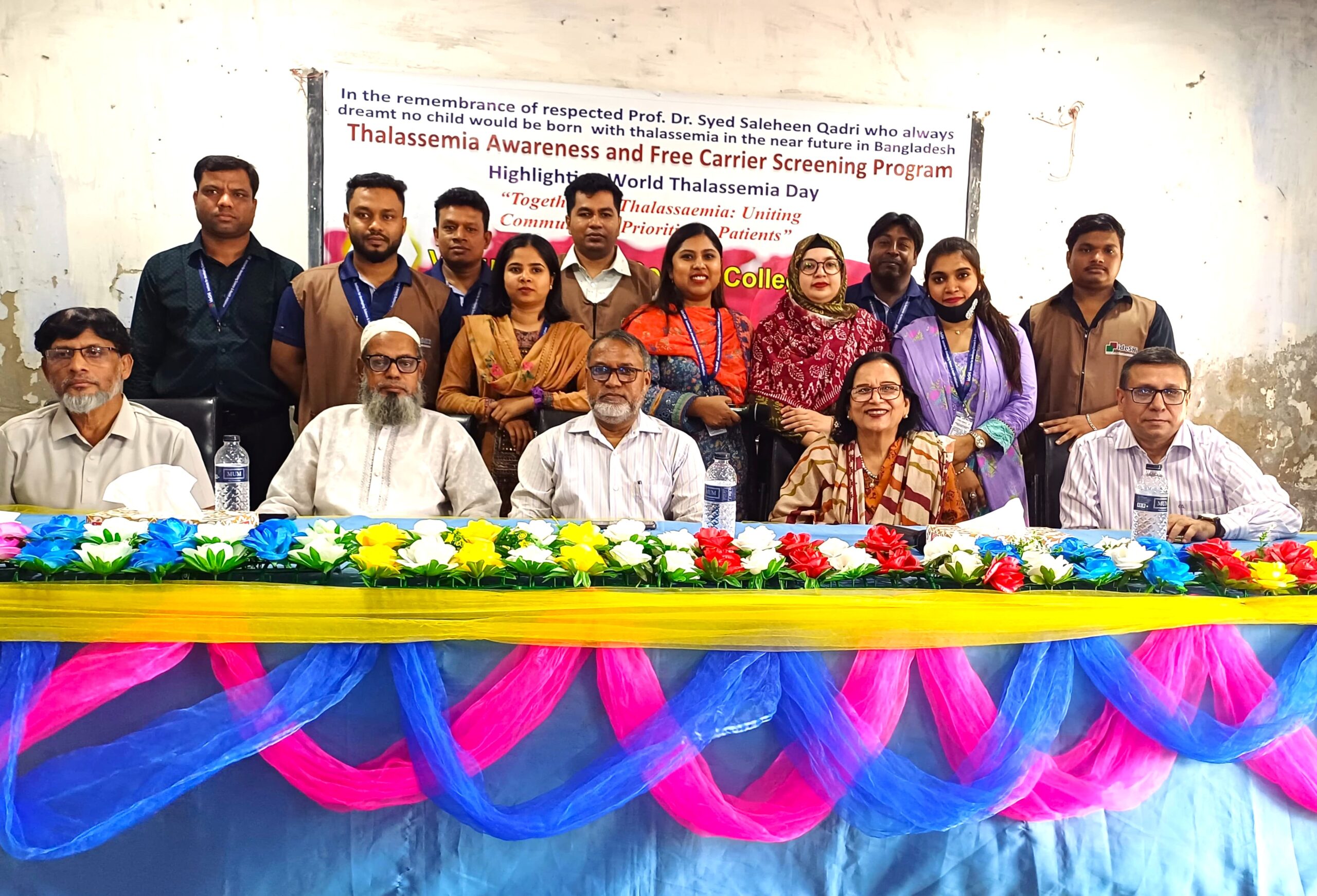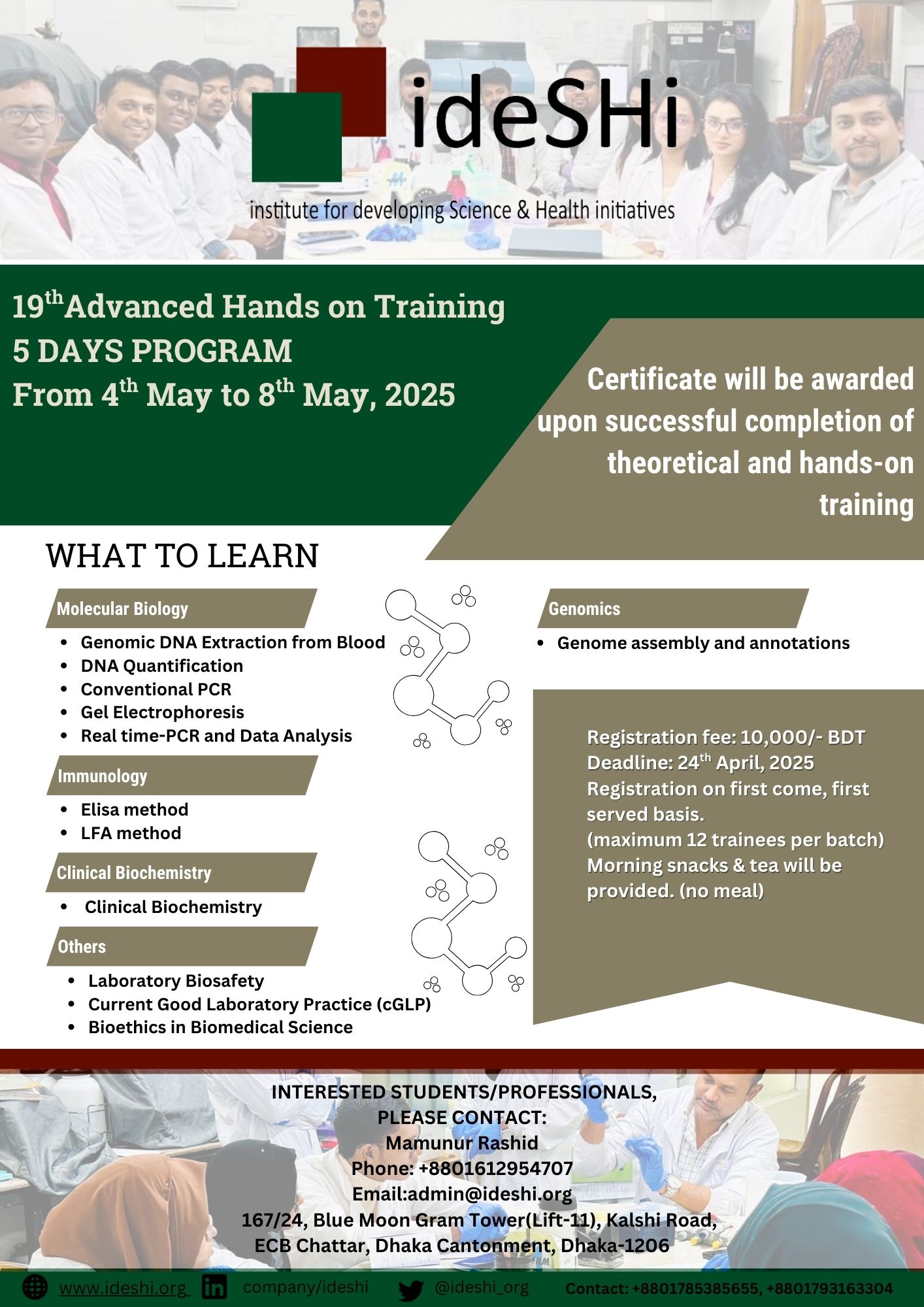The most recent influx of Rohingya refugees into Bangladesh began following attacks at Myanmar security forces in August 2017. By October 2017, well over half a million Rohingya refugees had crossed border from Myanmar to enter Bangladesh since the attacks. More than half of all these refugees were children and women including a high number of pregnant and lactating women. With the new influx, the current total has reached a staggering 1.2 million with 720,000 (about 60%) children among the new arrivals.
The conditions inside the refugee camps are dire and given the current population density, malnutrition, poor sanitation and hygiene conditions in the camps any outbreak of infectious diseases which are prevalent in Bangladesh, could kill thousands of people residing in temporary settlements. Acute respiratory infections (ARIs), in particular, Lower Acute Respiratory Infections (LARI) remain the persistent and pervasive deterrent to public health. ARIs are one of the major communicable diseases in crisis settings and responsible for substantial morbidity and mortality. Although comparison of ARI disease burden between crisis and non-crisis settings are difficult because of non-comparability of data, the published evidence, mainly from refugee camps and surveillance, suggests a very high morbidity and mortality (20-35% proportional mortality) and case fatality (up to 30-35%) due to ARIs. Conditions such as overcrowding, indoor fires, cold climates, and inadequate shelter and blankets, provide favorable conditions for respiratory droplet transmission. Further, aerosol transmission of respiratory secretions during coughing and sneezing in large gatherings amplify the risk of ARIs. Other factors, including malnutrition, lack of proper sanitation, psychological stress and exhaustion contribute significantly in disease progression in complex emergencies
Currently, treatment choice and public health intervention through vaccination of LARI patients in the refugee camps of Teknaf are done based on LARI case definition only. The etiology and drug resistance/sensitivity data are also lacking. To address this humanitarian issue, funded by the Fondation Mérieux – FMx, France, ideSHi has begun a prospective case-control study with a nested Randomized Controlled Trial (RCT), to compare case management and clinical outcome using Point of Care diagnostics. The aim is at collecting evidence on the most common causative agents of LARI in the particular situation of a refugee camp and at understanding how point of care diagnostics could lead to more assertive case management and treatment options in such a crisis humanitarian settings. The association between respiratory viral infections and invasive pneumococcal infections will also be examined. Additionally, the study will evaluate the impact of LARI diagnostic POC package in case management approaches (including treatment options) compared to routine case management and time to resolution of LARI study subjects. This intervention result is intending to better understand and improve case management practices and public health interventions of patients with LARI in these population, and more generally in humanitarian crises settings.






